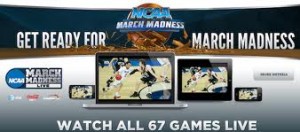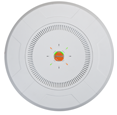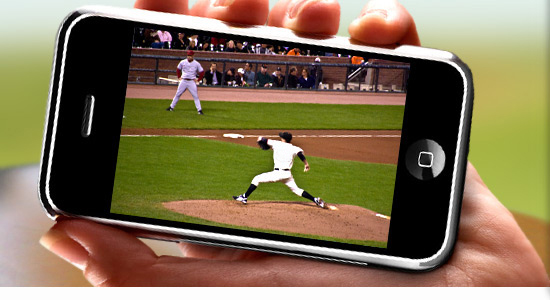If you want a primer on why we started Mobile Sports Report, the best explanation I’ve seen yet is embodied within a great story from Fast Company about how Major League Baseball’s advanced media team (BAM for short) got out ahead of the digital pack. Just about every part of this story shows why we think sports is headed online, and to mobile platforms, going forward. An incredible read.
In addition to explaining how BAM made its online offering MLB.com one of the breakout successes of online sports — according to the article it generates $620 million in revenue a year — the story exposes something Major League Baseball is trying to get in all its stadiums: Wi-Fi networks so that fans can watch video in their seats. And finally we are getting a good grasp on how much it costs to put in a network — according to the story, it’s about $3 million per stadium. Here’s a bit of the story that has the meat:
For instance, BAM is trying to assemble corporate partners to cover the costs, more than $3 million per team, to wire each ballpark for high-speed web access, so fans can check and download BAM’s apps to see video and make purchases.
There’s more great stuff in this well written synopsis of how MLB.com became an online success — it is required reading if you are in sports or sports marketing. And of course if you want continuing coverage of the news of stadium networking, well you are already in the right place if you are reading this story.
Hat tip to our pal Joe Favorito for tweeting about the story this morning.











